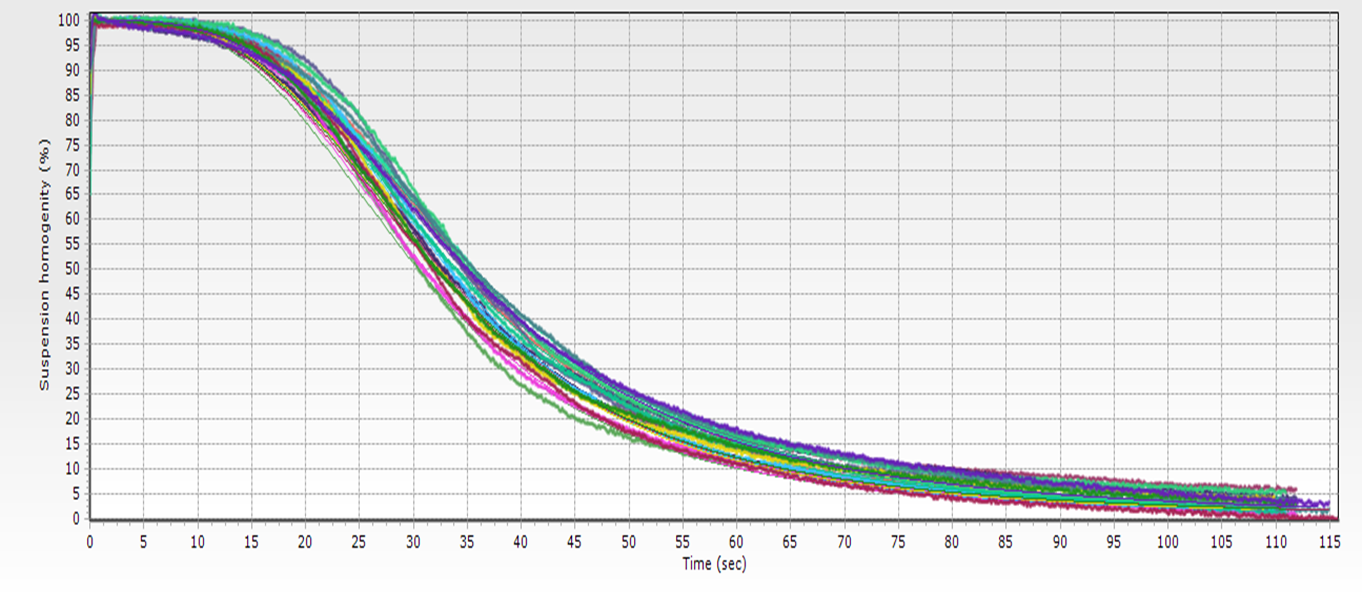When biomagnetic separation is used in production processes, quality control becomes a priority. The first step is to define and validate the process, but then the key point is checking the repeatability of every single batch.
To define and validate the process it is important to know the working conditions. To exert a constant force over the entire batch volume, the magnetic field pattern needs to fulfill two conditions:
- All magnetic beads must be in the same state (saturated or constant susceptibility)
- The spatial magnetic field variation should be a constant gradient (if beads are saturated) or a constant gradient of the square of the field (if beads have constant susceptibility).
Having a constant force over the entire batch volume ensures in-batch consistency. If generated by permanent magnets, the magnetic field pattern is the same for every batch. In such conditions, quality problems only appear in the magnetic bead suspension. As the characteristics of the beads and/or the buffer may change from batch to batch, the purpose of monitoring the process is to quickly detect any variations in the suspension through changes in the biomagnetic separation behavior. To do this, we need to define a ‘standard’ curve to serve as reference.
This article explains the advantages of monitoring biomagnetic separation processes. If you are interested in knowing more about this innovation download our free basic guide for monitoring bimagnetic separation processes:
One way to define the standard curve for a given process is to collect the data from the first batches and use this data to define the process. The example shown in the figure plots 15 validated batches. The resultant parameters for the separation curve are t50=33.5 (σ=1.7) and p=3.25 (σ=0.08).
The acceptable tolerance for the parameters is still controversial. Some users consider that the obtained separation curves are more sensitive to variations than the final application of the beads (usually CLIA). This means that over-tightening the acceptance criteria may lead to batches being discarded that may be within the tolerances of the diagnostic test.
The issue is still open, but most industrial users of the monitoring technology prefer not to disclose details of this subject, considering the results are sensitive, proprietary information.
In any case, the parameterization of the curves makes it possible to build standards that enable production and quality assurance teams to discuss the acceptance criteria with quantitative data. A far less controversial method than the OK/ NO OK alternative used when biomagnetic separation depended on suspension transparency evaluated visually at the fixed separation time.
Related articles:
- Monitoring Biomagnetic Separation Production processes
- Monitoring Biomagnetic Separation processes in small tubes
- Parameterizing Biomagnetic Separation Curves





